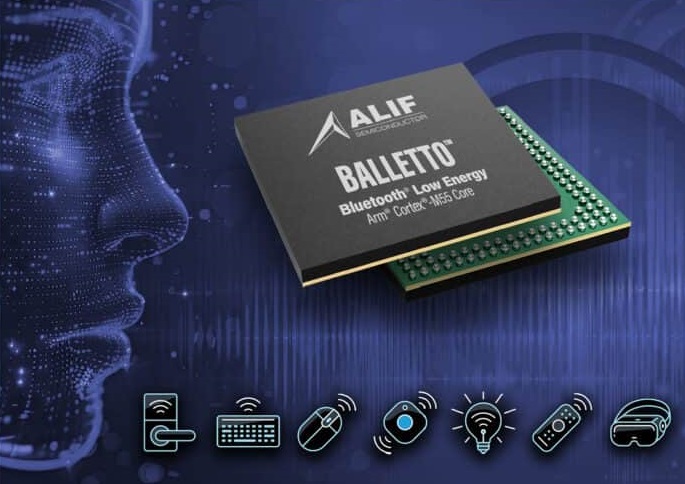Intel has been a world leader in manufacturing of microprocessor technology for several decades, supplying computer processors to more than 80% of PCs and nearly 100% of data centers worldwide. Intel’s activities have truly changed and advanced how people around the world work and live.
The company is known for quickly adopting cutting-edge processes such as 3D gates, lowering power consumption, increasing high transistor density, and improving high yields for large chips, just to name a few. But recently, Intel’s lead in the manufacturing market has begun to slip as more and capable entrants such as Taiwan Semiconductor Manufacturing Co. and others offer competitive alternatives. This comes despite Intel’s massive $10 billion a year investment in its factories.
Intel Foundry
According to Intel, “our foundry is the world’s most advanced and complete contract integrated circuit (IC) manufacturer.”
To survive and thrive, Intel has had to innovate at a breakneck pace. The question is whether or not Intel will be able to outpace competitors with its chip fabricators including TSMC and Global Foundries. Intel’s chip manufacturing cycle is getting longer while it’s mobile foundries are busy manufacturing Intel processors and processors for customers.
Analysts believe that one of Intel’s biggest opportunities will be manufacturing processors for other companies such as Apple. Intel’s partnership with ARM, the industry leader in embedded application processors, is somewhat of an enticement for chipmakers like Qualcomm and Apple to use Intel’s fab.
At the same time, 60% of Intel’s revenues come from PCs and laptops, but these markets are now in a long-term decline due to the emergence of mobile computing. Server farms provide about 33% of Intel’s revenues and more than 50% of its operating profits.
The following video shows “the Most Sophisticated Manufacturing Process in the World.”






